Optimal Timing for Waterproofing Projects
Proper timing is essential for effective waterproofing projects. Weather conditions, temperature, and humidity levels influence the success and longevity of waterproofing applications. Choosing the optimal time can prevent issues such as poor adhesion, cracking, or ineffective sealing.
Spring offers moderate temperatures and increasing humidity, ideal for many waterproofing materials. It allows for proper curing and adhesion before summer heat or winter cold sets in.
Warm, dry conditions in summer facilitate quick drying and curing. However, high temperatures and direct sunlight can sometimes cause rapid drying, which may affect application quality.
Fall provides cooler temperatures and less humidity, making it suitable for waterproofing projects. It also allows ample time for materials to cure before winter.
Winter is generally less suitable due to low temperatures and potential for freezing. However, in milder climates, certain cold-weather waterproofing products can be used.

Ways to make Waterproofings work in tight or awkward layouts.
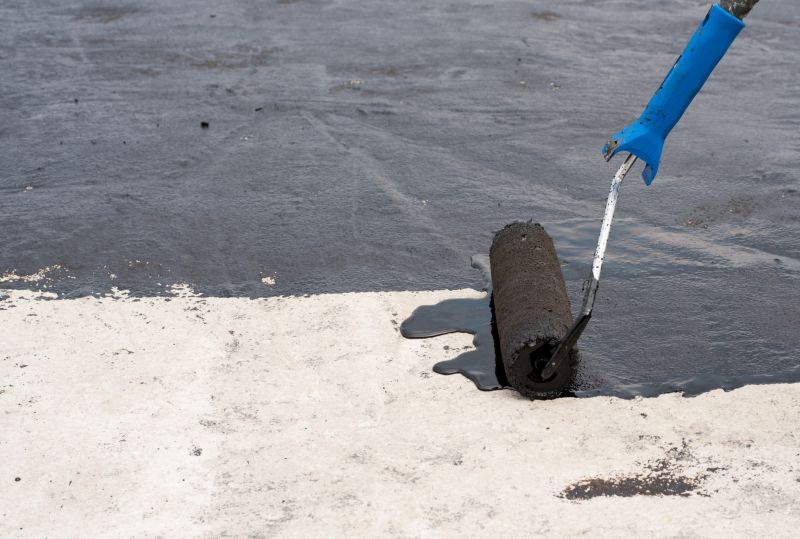
Popular materials for Waterproofings and why they hold up over time.
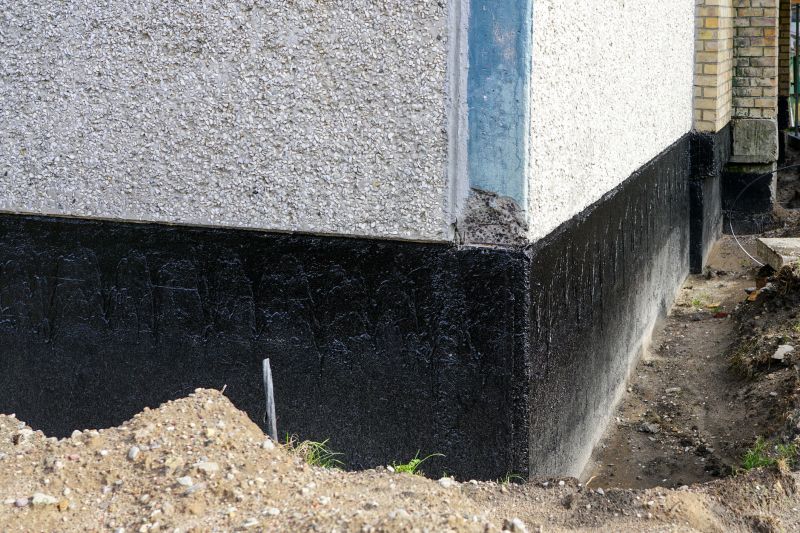
Simple add-ons that improve Waterproofings without blowing the budget.

High-end options that actually feel worth it for Waterproofings.

Finishes and colors that play nicely with Waterproofings.

Little measurements that prevent headaches on Waterproofings day.
Waterproofing is a crucial component in maintaining the integrity of structures exposed to moisture. It involves applying specialized materials to prevent water ingress and protect foundations, roofs, basements, and other vulnerable areas. Proper waterproofing extends the lifespan of a building, reduces maintenance costs, and prevents significant damage caused by water intrusion.
Statistics indicate that water-related damages account for a substantial portion of property repairs annually. Effective waterproofing can reduce these costs significantly by preventing leaks, mold growth, and structural deterioration. Different waterproofing methods are suited to various climates and building types, making timing and material choice critical.
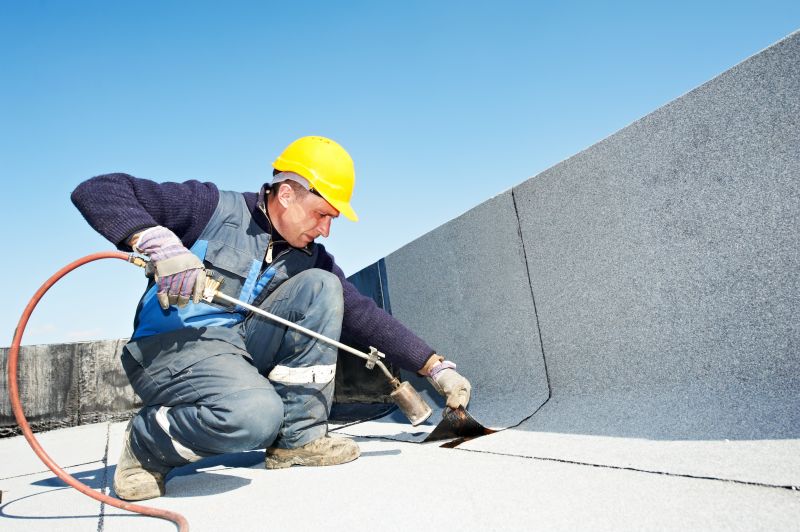
A 60-second routine that keeps Waterproofings looking new.
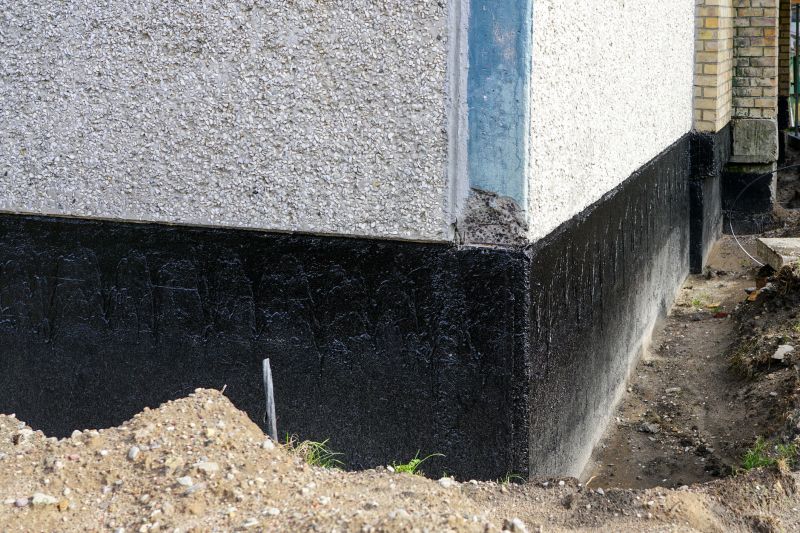
A frequent mistake in Waterproofings and how to dodge it.
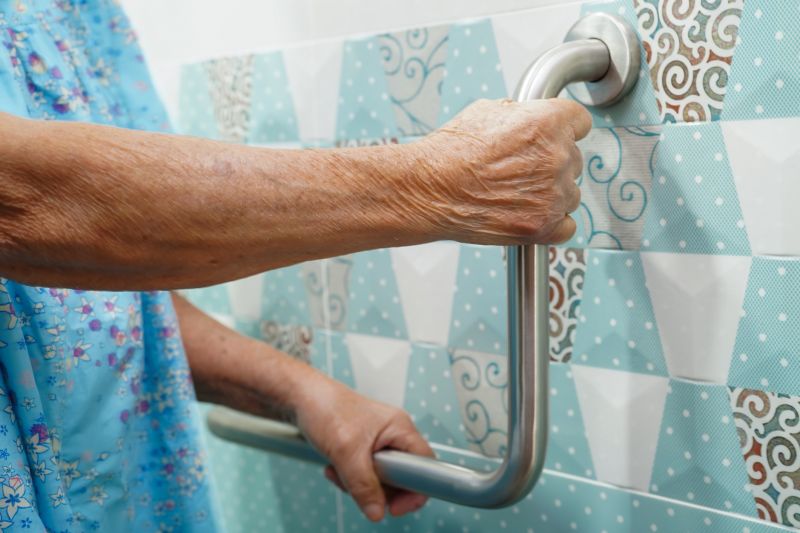
Small tweaks to make Waterproofings safer and easier to use.

Lower-waste or water-saving choices for Waterproofings.
| Season | Optimal Conditions |
|---|---|
| Spring | Moderate temperatures, increasing humidity, good curing conditions. |
| Summer | Warm, dry weather ideal for quick drying and curing. |
| Fall | Cooler temperatures, less humidity, suitable for curing. |
| Winter | Low temperatures, limited options unless using cold-weather products. |
If interested in waterproofing services, filling out the contact form can provide tailored advice and scheduling options. Proper timing and application are essential for ensuring long-lasting protection against water damage.

